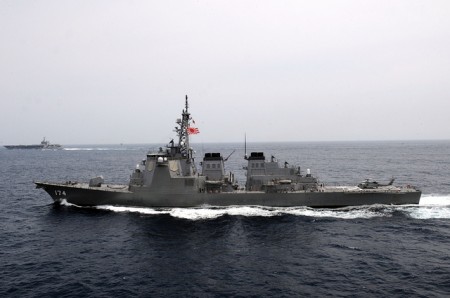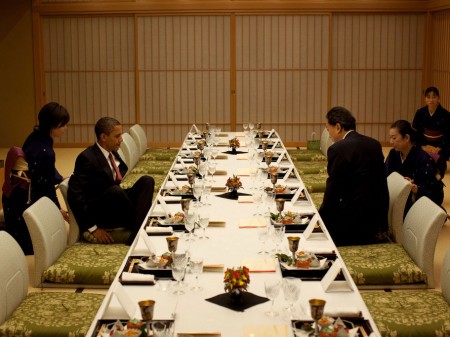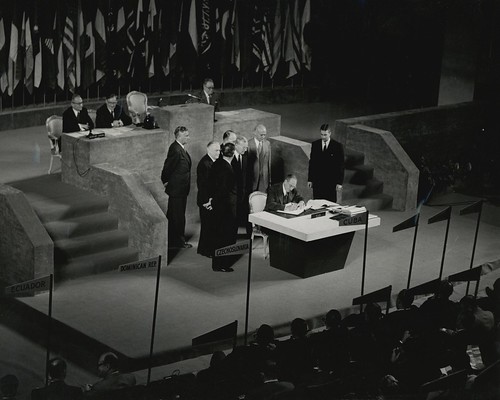
TOKYO – When Japanese Prime Minister Shinzo Abe visited Tokyo’s controversial Yasukuni Shrine last month, Chinese leaders predictably condemned his decision to honor those behind “the war of aggression against China.” But Abe was also sending a message to Japan’s main ally and defender, the United States. Faced with US President Barack Obama’s reluctance to challenge China’s muscle-flexing and territorial ambitions in Asia – reflected in Japan’s recent split with the US over China’s new Air Defense Identification Zone (ADIZ) – an increasingly desperate Abe was compelled to let both countries know that restraint cannot be one-sided.
For China and South Korea, the Yasukuni Shrine’s inclusion of 14 Class A war criminals who were executed after World War II has made it a potent symbol of Japan’s prewar militarism, and Abe had long refrained from visiting it – including during his previous stint as prime minister. He may well have maintained that stance had China not established the ADIZ, which set an ominous new precedent by usurping international airspace over the East China Sea, including areas that China does not control. (Abe does not appear to have considered the possibility that his pilgrimage to Yasukuni might end up helping China by deepening South Korea’s antagonism toward Japan.)




